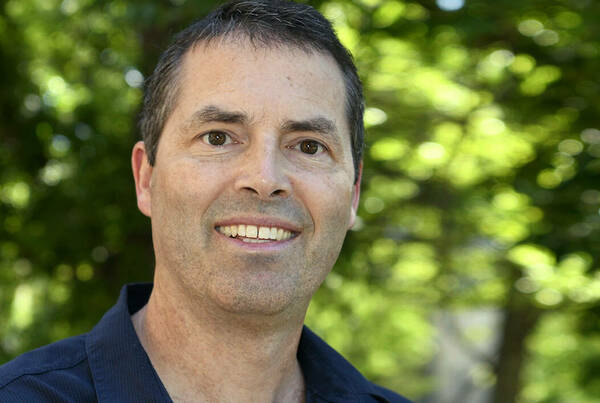
University of Montana history professor Jeff Wiltse spoke about the correlation between race and drowning Friday, October 1 as part of the Klau Institute’s fall speaker series, “Building an Anti-Racist Vocabulary.”
Wiltse set the stage for his talk by introducing a tragic accident that occurred in 2010 in Shreveport, Louisiana.
“15-year-old Dekendrix Warner slipped off the ledge into much deeper water or he could not touch the bottom,” Wiltse said. “He did not know how to swim and he screamed for help. Instinctively, his siblings and cousins [tried] to save him. But they did not know how to swim either.”
This episode resulted in the death of six teenagers.
“This incident tragically exemplifies a deadly racial disparity in the United States,” Wiltse said. “Black Americans are far more likely to drown than white Americans.”
Wiltse said statistics suggest that a disproportionately large number of Black Americans drown compared with white Americans. Although he claimed that there are many factors leading to this statistic, Wiltse explained that one stands out the most.
“That low swimming proficiency, meaning not knowing how to swim, is the primary reason and the reality is that a significant majority of Black Americans do not know how to swim,” Wiltse said.
USA SwiOmming conducted a study in 2010 which found 31% of Black children and teenagers and 58% of their white counterparts were skilled swimmers. Wiltse said the study raised many questions.
“So why are Black Americans about half as likely to know how to swim as white Americans back in the 1970s? Wiltse said.
According to Wiltse, scientists first turned to biological explanations to answer these questions but found no inherent physical characteristic that hindered Black people from being able to swim. Wiltse said this then led to a focus on social and cultural factors including lack of parental encouragement and widespread fear of water among Black Americans.
The point that I want to emphasize is that racial segregation, racial exclusion, at public pools was not just a phenomenon in the South. That was a nationwide phenomenon, even though it varied a little bit in exactly how it occurred.
“In the 20th century — because at the beginning of the 20th century, Blacks swam more than whites — at the end of the century, whites swam more than blacks,” he said. “I mean, this is a historical problem.”
Wiltse went on to explain how segregation led to Black Amercains not having equal access to swimming grounds. Between 1940 and 1970, swimming experienced two different periods of popularity in the United States, according to Wiltse.
The first period, which is referred to as the “swimming pool era” due to the construction of thousands of new public swimming pools throughout the country, occurred in the 1920s and 1930s. According to Wiltse, these pools played a crucial role in the public life of communities during this time, as they were often large, surrounded by leisure spaces and provided recreational opportunities for people of all ages.
“Black Americans did have some access to the public pools of the 1920s and 1930s, but they faced systematic discrimination that ensured they had much less access than did whites,” Wiltse said. “Now the pattern of racial discrimination that occurred at these public pools during the interwar years varies depending upon the size of the city.”
Wiltse also mentioned that prior to the 1930s, pools were separated by gender. According to Wiltse, once genders started to share the same pool at the same time, there was a corresponding rise in segregation by race.
The second period of popularity occurred in the 1950s and 1960s when swimming became competitive. However, during this time, Wiltse said the focus was still primarily on recreational swimming.
“The point that I want to emphasize is that racial segregation, racial exclusion, at public pools was not just a phenomenon in the South.” Wiltse said. “That was a nationwide phenomenon, even though it varied a little bit and exactly how it occurred.”
“Building an Anti-Racist Vocabulary” runs every Friday during the fall semester. Information on future speakers and registration information can be found at klau.nd.edu/barv.
Originally published by The Observer on October 2, 2023